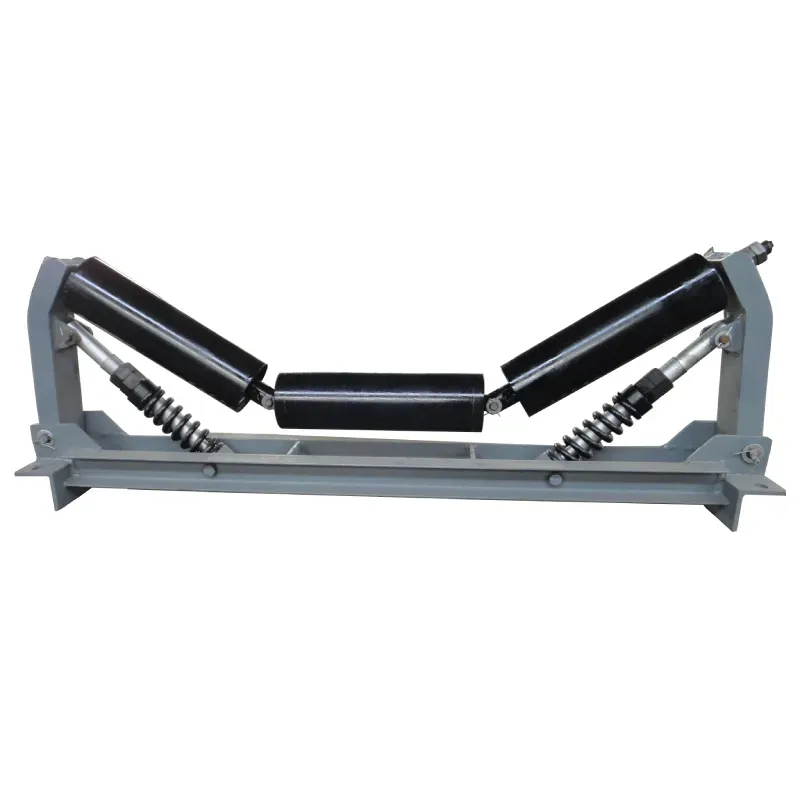 Afrikaans
Afrikaans  Albanian
Albanian  Amharic
Amharic  Arabic
Arabic  Armenian
Armenian  Azerbaijani
Azerbaijani  Basque
Basque  Belarusian
Belarusian  Bengali
Bengali  Bosnian
Bosnian  Bulgarian
Bulgarian  Catalan
Catalan  Cebuano
Cebuano  Corsican
Corsican  Croatian
Croatian  Czech
Czech  Danish
Danish  Dutch
Dutch  English
English  Esperanto
Esperanto  Estonian
Estonian  Finnish
Finnish  French
French  Frisian
Frisian  Galician
Galician  Georgian
Georgian  German
German  Greek
Greek  Gujarati
Gujarati  Haitian Creole
Haitian Creole  hausa
hausa  hawaiian
hawaiian  Hebrew
Hebrew  Hindi
Hindi  Miao
Miao  Hungarian
Hungarian  Icelandic
Icelandic  igbo
igbo  Indonesian
Indonesian  irish
irish  Italian
Italian  Japanese
Japanese  Javanese
Javanese  Kannada
Kannada  kazakh
kazakh  Khmer
Khmer  Rwandese
Rwandese  Korean
Korean  Kurdish
Kurdish  Kyrgyz
Kyrgyz  Lao
Lao  Latin
Latin  Latvian
Latvian  Lithuanian
Lithuanian  Luxembourgish
Luxembourgish  Macedonian
Macedonian  Malgashi
Malgashi  Malay
Malay  Malayalam
Malayalam  Maltese
Maltese  Maori
Maori  Marathi
Marathi  Mongolian
Mongolian  Myanmar
Myanmar  Nepali
Nepali  Norwegian
Norwegian  Norwegian
Norwegian  Occitan
Occitan  Pashto
Pashto  Persian
Persian  Polish
Polish  Portuguese
Portuguese  Punjabi
Punjabi  Romanian
Romanian  Russian
Russian  Samoan
Samoan  Scottish Gaelic
Scottish Gaelic  Serbian
Serbian  Sesotho
Sesotho  Shona
Shona  Sindhi
Sindhi  Sinhala
Sinhala  Slovak
Slovak  Slovenian
Slovenian  Somali
Somali  Spanish
Spanish  Sundanese
Sundanese  Swahili
Swahili  Swedish
Swedish  Tagalog
Tagalog  Tajik
Tajik  Tamil
Tamil  Tatar
Tatar  Telugu
Telugu  Thai
Thai  Turkish
Turkish  Turkmen
Turkmen  Ukrainian
Ukrainian  Urdu
Urdu  Uighur
Uighur  Uzbek
Uzbek  Vietnamese
Vietnamese  Welsh
Welsh  Bantu
Bantu  Yiddish
Yiddish  Yoruba
Yoruba  Zulu
Zulu conveyor machine parts
Understanding Conveyor Machine Parts A Comprehensive Overview
Conveyor systems are pivotal in modern manufacturing and warehousing, facilitating the efficient movement of materials from one point to another. These systems consist of various components, each playing a crucial role in ensuring smooth operation. This article delves into the essential parts of conveyor machines, highlighting their functions and importance.
1. Belt
The conveyor belt is perhaps the most recognizable part of a conveyor system. It serves as the platform on which materials are carried. Conveyor belts come in diverse materials, including rubber, fabric, plastic, and metal, selected based on the specific application. For instance, heavy-duty operations might require steel belts, while light applications could use plastic or fabric belts. The choice of material affects durability, flexibility, and load capacity, making it crucial for optimal functionality.
2. Rollers
Rollers are another critical component of conveyor systems. They support the conveyor belt and facilitate its movement. There are various types of rollers, including drive rollers, which are powered by electric motors, and idler rollers, which guide the belt. Rollers can also be equipped with bearings that reduce friction, enhancing the overall efficiency of the conveyor system. The arrangement and number of rollers can significantly influence the load capacity and speed of the conveyor.
The motor is the powerhouse of the conveyor system. It provides the necessary energy to drive the rollers and, consequently, the belt. Various types of motors can be used, including AC and DC motors, depending on the requirements of the application. The drive system, composed of gears and pulleys, converts the motor's power into the rotational motion needed to move the belt. The proper selection of the motor and drive system is critical for maintaining consistent speed and handling varying loads.
4. Frame and Support Structure
conveyor machine parts

The frame serves as the backbone of the conveyor system, providing the necessary support for all components. It must be sturdy enough to handle the weight of the materials being transported while also being designed to withstand the stresses of operation. Frames can be made from various materials, such as steel, aluminum, or plastic, and their design can be tailored to fit specific environments, whether indoor or outdoor, clean rooms, or industrial settings.
5. Guides and Sidewalls
Guides and sidewalls help keep materials on the conveyor belt, preventing them from falling off during transportation. Sidewalls are particularly crucial in applications where the conveyed materials are loose or where the belt operates on an incline. They are typically made from durable materials that can withstand the abrasive nature of the items being transported. The design and height of these features can be customized based on the load and incline of the conveyor.
6. Sensors and Controls
Modern conveyor systems often incorporate advanced controls and sensors to enhance their functionality. Sensors can monitor the position of items on the conveyor, detect jams, and measure the speed of the belt, ensuring smooth operation and minimizing downtime. Control systems, which can be manual or automated, allow operators to start, stop, and adjust the speed of the conveyor as needed, providing flexibility in material handling.
7. Safety Features
Safety is paramount in conveyor systems. Various safety features are integrated into the design to protect operators and prevent accidents. Emergency stop buttons, safety guards, and warning lights are common features that help ensure a safe working environment. Regular maintenance and safety checks are also essential to prevent malfunctions and accidents.
Conclusion
Understanding the different parts of conveyor machines is essential for anyone involved in manufacturing or material handling. Each component, from the belt and rollers to the motor and control systems, plays a significant role in the overall efficiency and reliability of the conveyor system. By selecting the right components and maintaining them properly, businesses can enhance productivity, reduce downtime, and ensure a safe working environment. As technology continues to evolve, so do the innovations in conveyor systems, promising even greater efficiency and effectiveness in the future.
-
Revolutionizing Conveyor Reliability with Advanced Rubber Lagging PulleysNewsJul.22,2025
-
Powering Precision and Durability with Expert Manufacturers of Conveyor ComponentsNewsJul.22,2025
-
Optimizing Conveyor Systems with Advanced Conveyor AccessoriesNewsJul.22,2025
-
Maximize Conveyor Efficiency with Quality Conveyor Idler PulleysNewsJul.22,2025
-
Future-Proof Your Conveyor System with High-Performance Polyurethane RollerNewsJul.22,2025
-
Driving Efficiency Forward with Quality Idlers and RollersNewsJul.22,2025





























